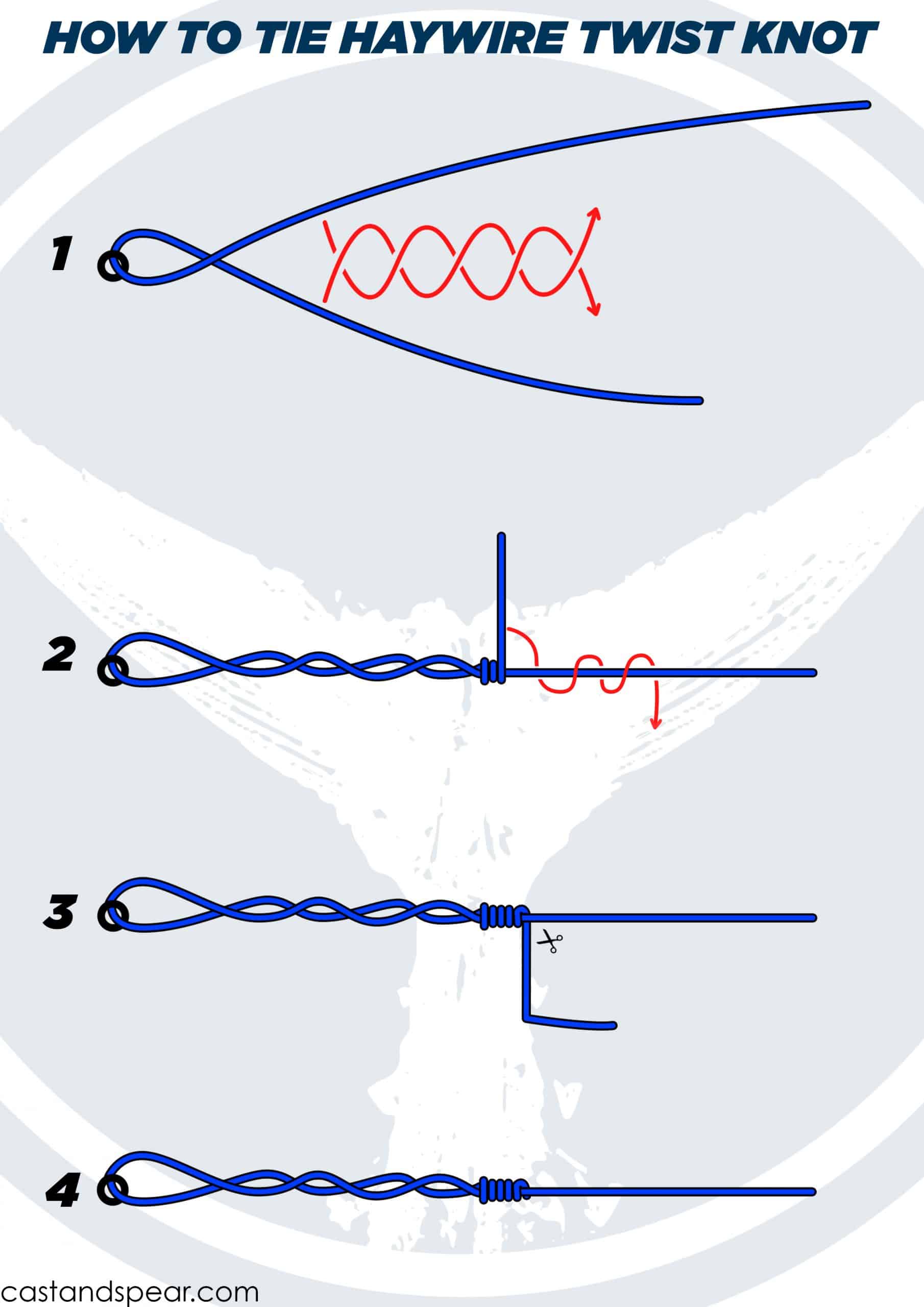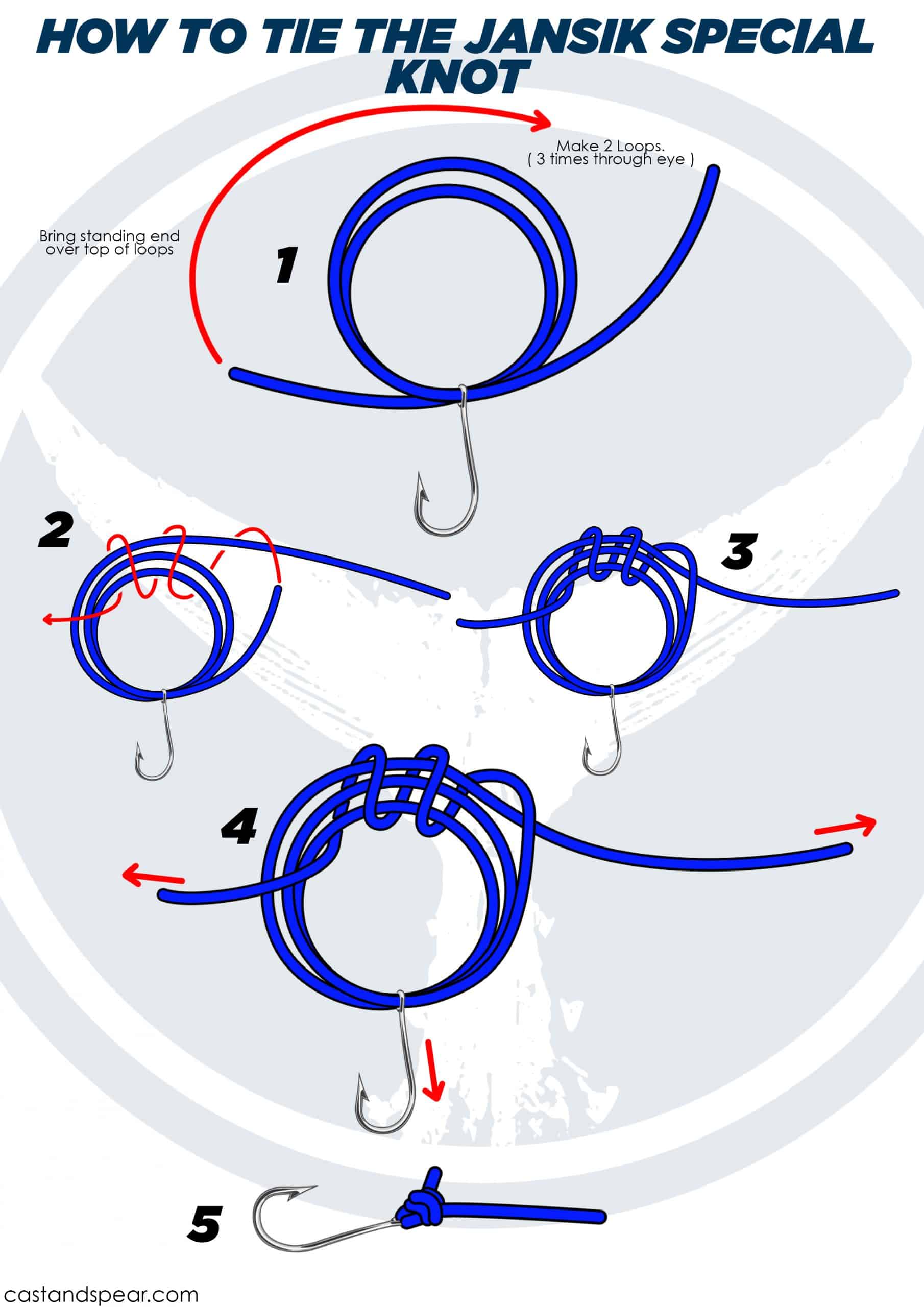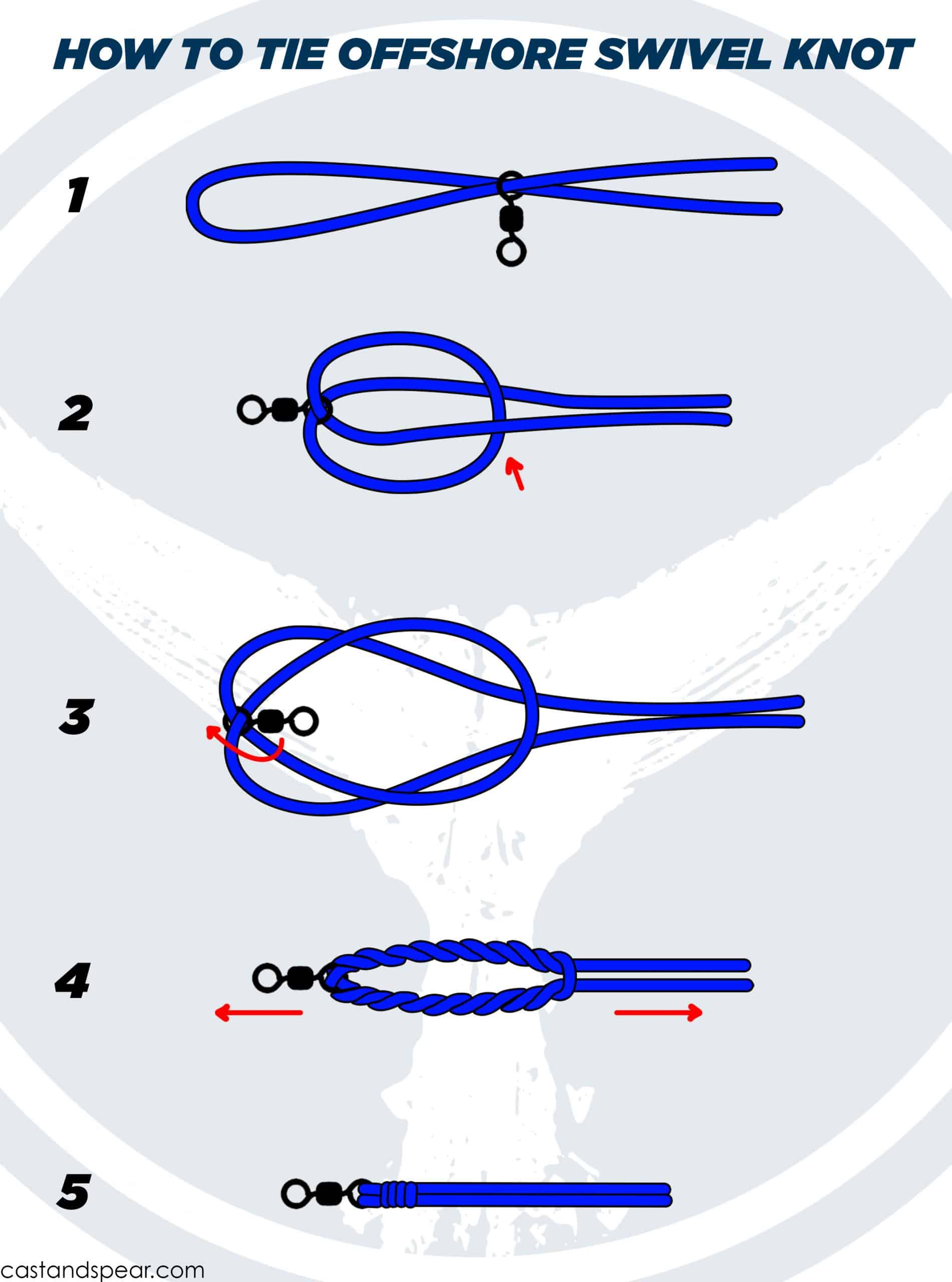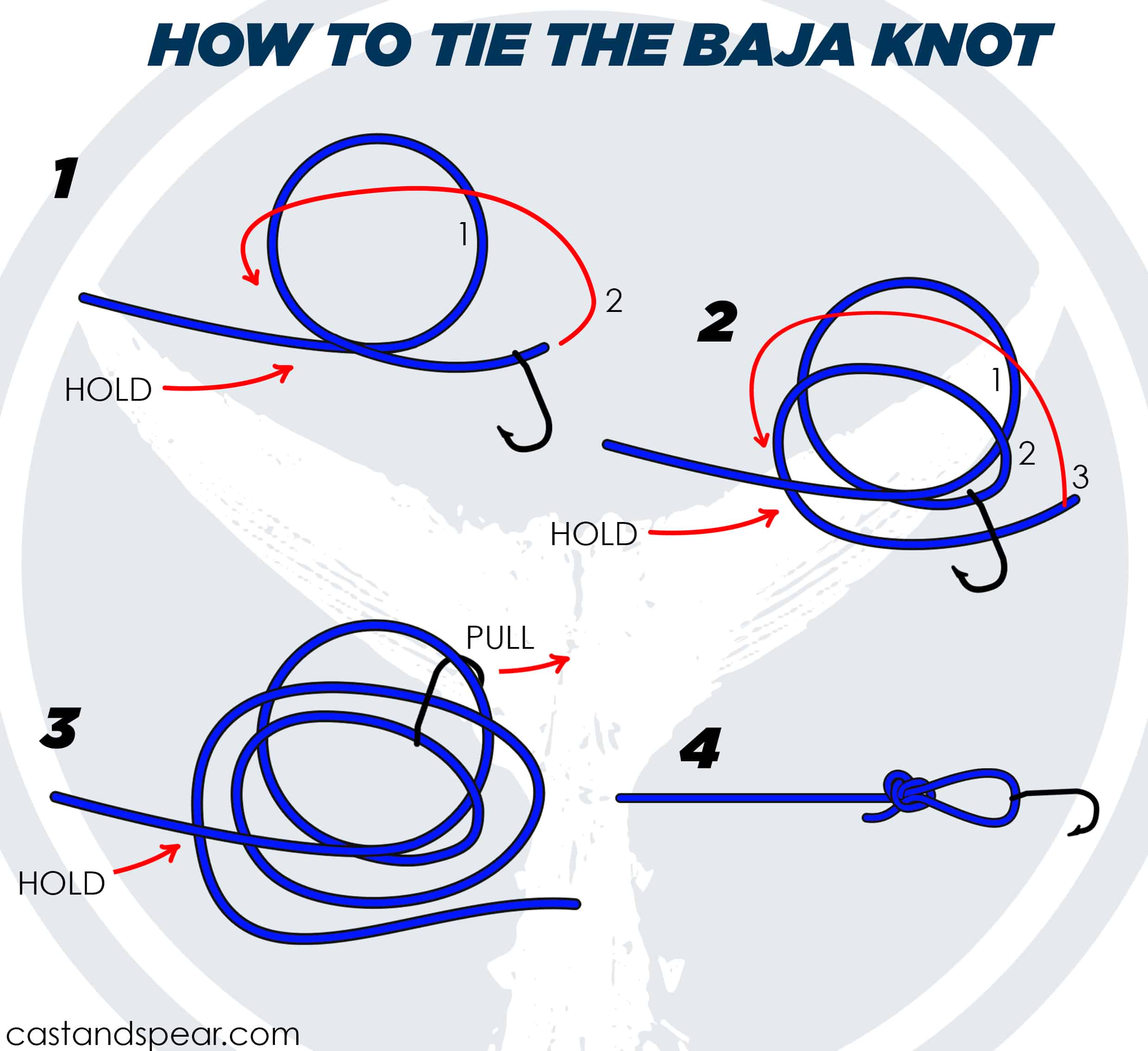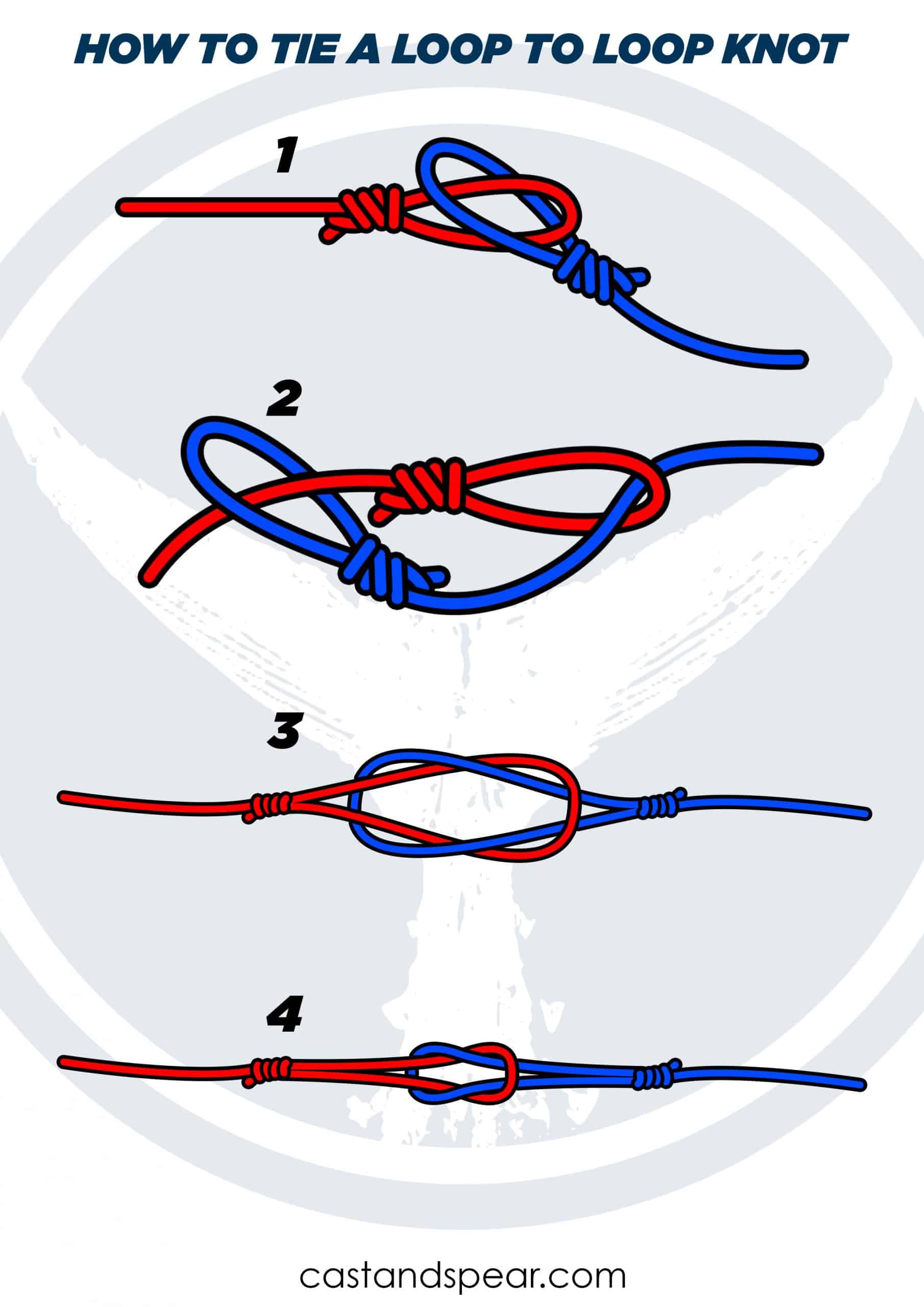Have you ever thought of the best way to connect your fishing lines? The Seaguar Knot is one of the best knots to use when connecting monofilament and fluorocarbon lines. In this knot guide, we’ll delve into how to tie the Seaguar Knot, discuss its advantages, and answer all your questions.
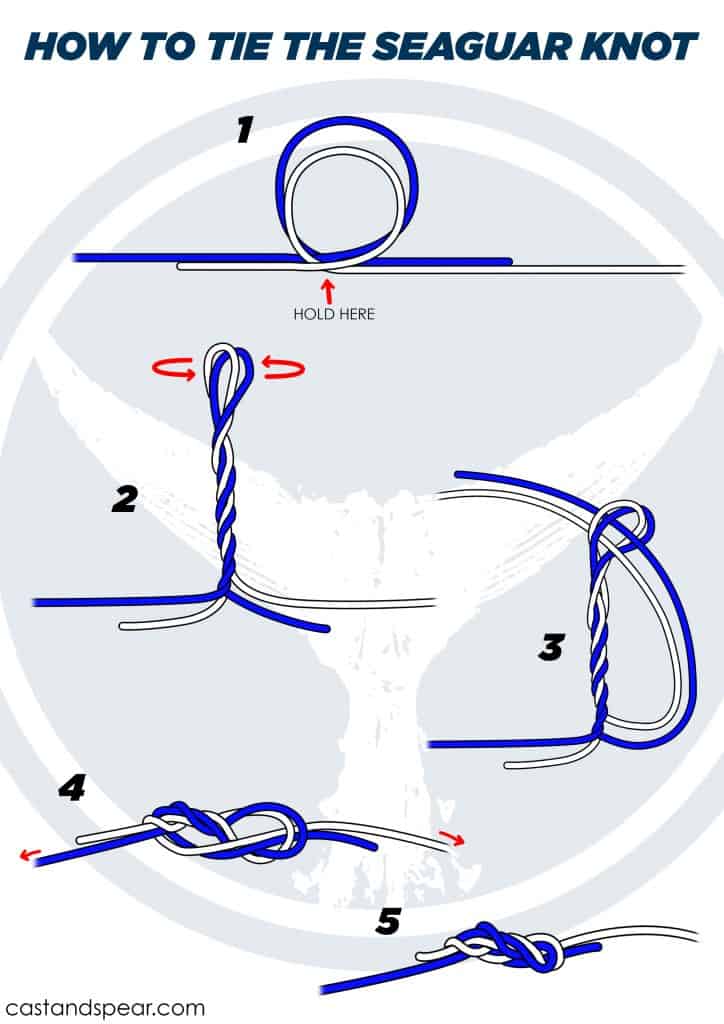
If you’re looking for a fishing knot that can join fluorocarbon and monofilament lines together quickly, then you need to learn the Seaguar Knot. It was first introduced by the Seaguar line company and is a solid non-braid line-to-line knot.
If you’re having a hard time tying the Seaguar fishing knot or you want to learn how to do it from scratch, we’re here to explain.
How to Tie the Seaguar Fishing Knot

- Overlap your monofilament and fluorocarbon lines and form a circle.
- Twist the loop so that it wraps two to three times (three if you use a braid). Some anglers use their two fingers in the loop to make the twist easier.
- Place the leader line and the tag end of the mainline through the loop above the wraps.
- Pull the two ends of the knot, moisten, then fully cinch down.
- Clip the tag ends of the monofilament and fluoro, and you’re done.
The Seaguar Fishing Knot At A Glance
The Seaguar Knot got its name from the Japanese fluorocarbon line maker Seaguar. It was introduced by the fishing line company. From there, it became one of the go-to fishing knots in connecting a monofilament line to fluorocarbon leaders.
If you think the Seaguar knot looks like the King Sling knot, you’re right. It actually does look like the King Sling knot. The only difference is that the King Sling Loop Knot is tied at the end of the line using a doubled line. In comparison, the Seaguar is tied with two lines.
Comparing the Seaguar Fishing Knot with other Knots
Seaguar Knot vs Double Uni Knot
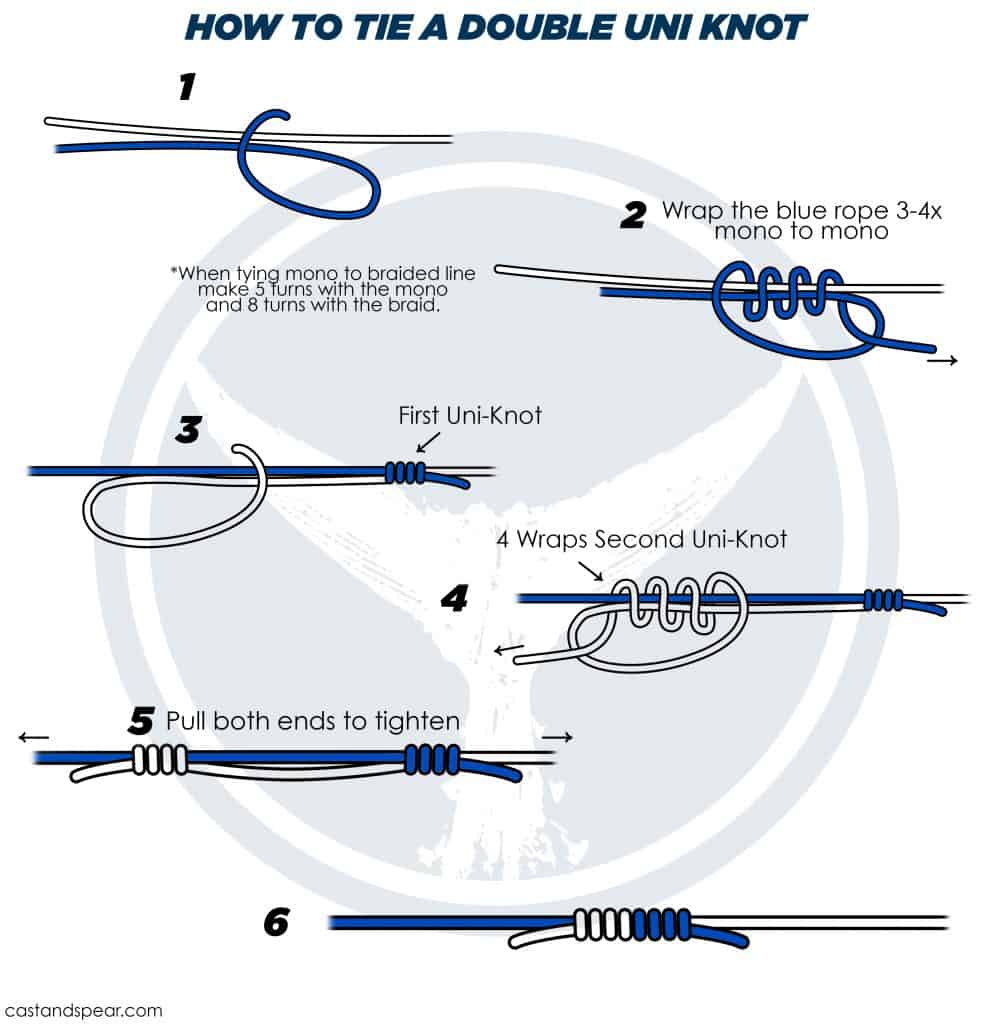
The Double Uni can be used with braid, whereas the Seaguar should only be used when tying mono to fluoro.
Seaguar Knot vs Surgeon’s Knot
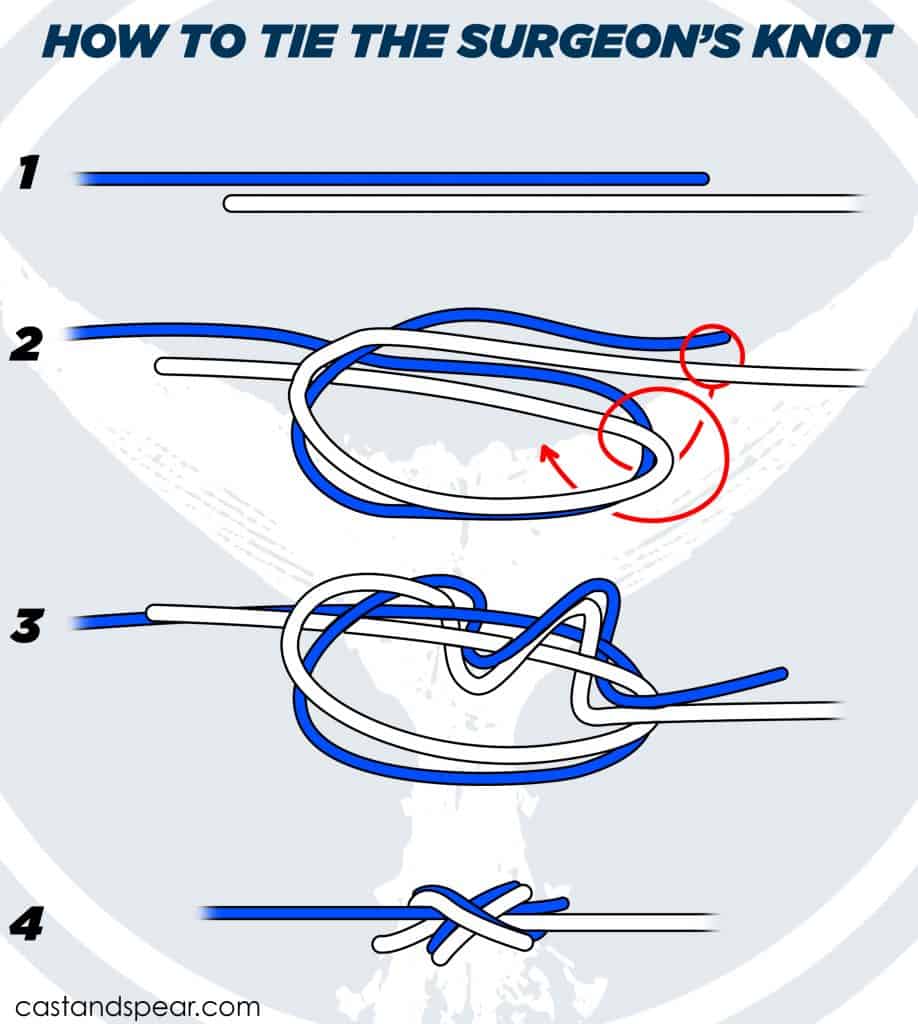
The Surgeon’s Knot is a reliable alternative to this knot. Most fishermen like to add an extra overhand knot to create triple Surgeons for added strength.
Seaguar Knot vs Blood Knot
The Blood Knot is slimmer when tied compared to the Seaguar Knot.
Advantages
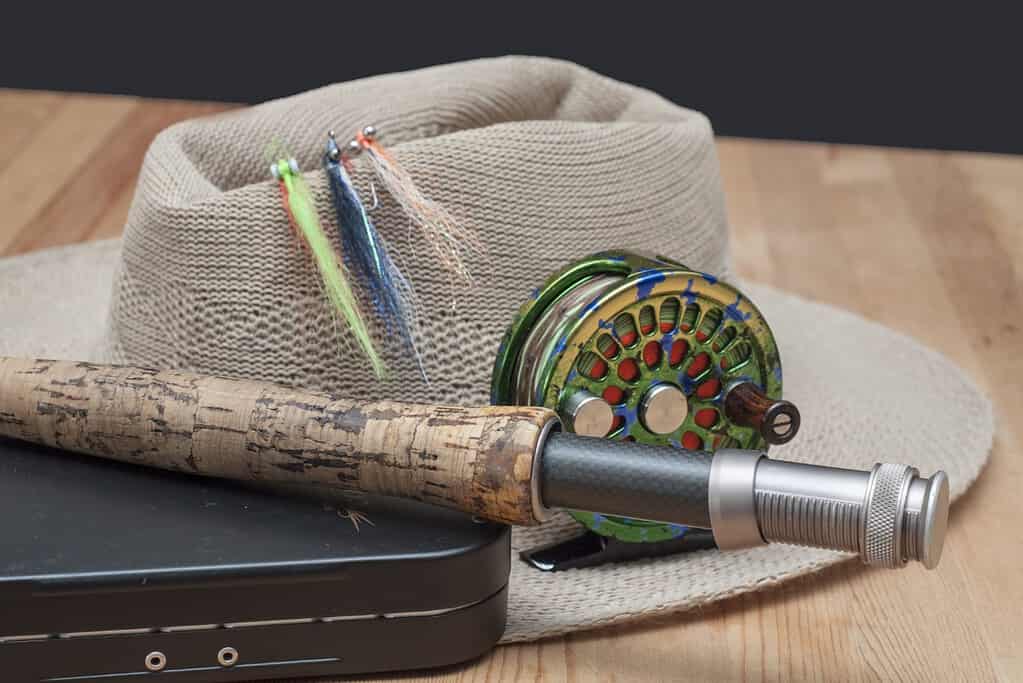
Great for attaching tippets to leaders
Have you ever been in a hurry and needed to secure your fishing line fast and efficiently? The Seaguar Knot is your best bet. This knot, recognized for its reliability, is a champion for quickly tying tippets to your leaders.
What is the significance of this? Consider the following scenario: you’re out fishing, the sun is setting, and you feel a tug on your line. It’s the big one you’ve been looking forward to all day! But first, you must secure your line. You can do this quickly using the Seaguar Knot, not wasting a valuable second, and focus on reeling in your reward.
Quicker to tie
The Seaguar Knot’s speed is one of its most outstanding qualities. It’s like a fishing knot sprinter! The Seaguar Knot is easier to tie than its peers, the FG Knot and the John Collins Knot. This means spending more time fishing and less time fiddling with your equipment.
Strong
But don’t be fooled by its simplicity. The Seaguar Knot is not only fast but also powerful. In fact, it keeps a significant percentage of the main line strength, with a stunning 97% knot strength. That’s the equivalent of having a bodybuilder secure your line!
Easy to tie
And the icing on the cake? Even if you can’t see the lines properly, you can tie this knot easily and fast. So, whether you’re fishing in the midday daylight or the early morning light, the Seaguar Knot has you covered.
Disadvantages
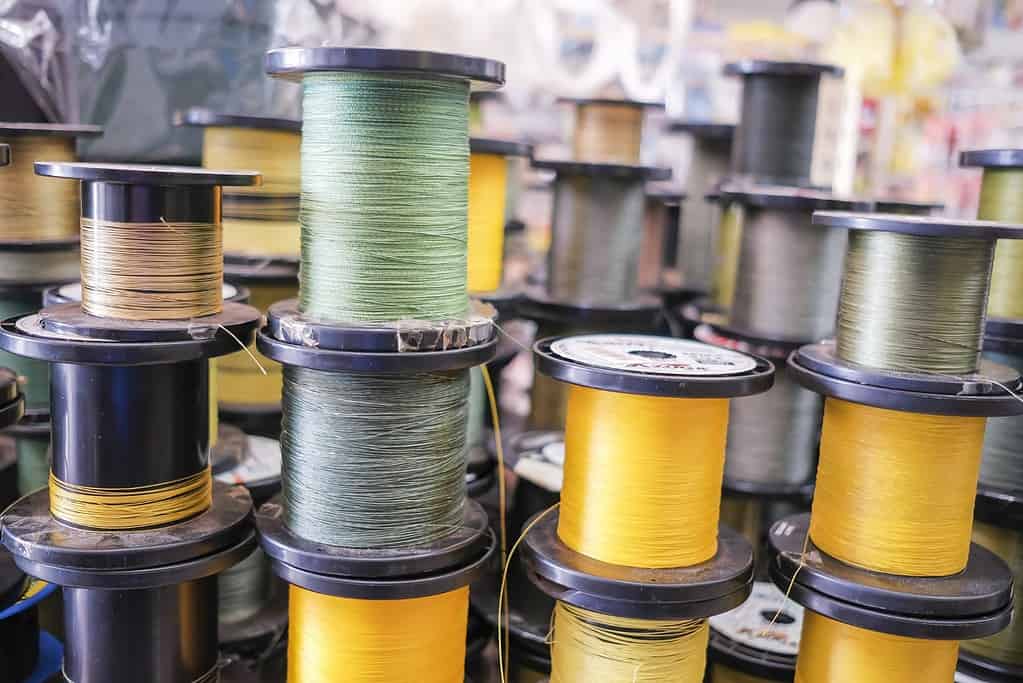
Every superhero has a flaw, and every knot has restrictions. Despite its numerous advantages, the Seaguar Knot is no exception.
Not the best for big game applications.
Is the Seaguar Knot the best option for big game? Most likely not. While this knot is sturdy and easy to tie, it may not be the ideal choice for big game applications. It’s like trying to climb a mountain on a bicycle; it’s not impossible, but there are better solutions.
Not great with braid
Next, let’s talk about braid. When it comes to braid, we prefer to use more wraps in the loops, so this might fail compared to a six-turn Surgeons loops.
Not designed for dissimilar diameters
Another consideration is the diameter of your lines. The Seaguar Knot is not designed for dissimilar diameters. It’s like trying to fit a square peg into a round hole – it’s just not a good match.
Not slender
Finally, if you want a slim knot, the Seaguar might not be your first pick. It’s like picking a large rucksack over a slim one – both can carry your belongings, but one takes up significantly more space.
Despite these limits, the Seaguar Knot is a solid choice for a variety of fishing situations. In the following section, we’ll look at tying tips and different alternatives to the Seaguar Knot.
Seaguar Fishing Knot Tying Tips

Learning to tie the Seaguar Knot is like learning a new dance. It may appear difficult at first, but with a few pointers and some practice, you’ll be whirling around the dance floor—or, in this case, casting your line—in no time.
- Give Yourself Room to Move: Just like you need space to dance, you need enough lines to tie your Seaguar Knot. It’s like having a long, flowing ribbon to swirl around—the more, the merrier.
- Keep It Smooth: Have you ever tried dancing in sticky shoes? It’s not comfortable. The same is true when tying a knot. Moistening the lines before tying helps slide it into place. You can use chapstick, water, or spit to lubricate the line.
- Trim the Excess: Trim any extra tag ends after securing the knot. It’s the equivalent of chopping off a lengthy dress so you don’t trip on it while dancing. It’s best to keep everything neat and tidy.
- Quality Matters: Using frayed or damaged lines will jeopardize your line integrity and may result in poor performance. Before you begin tying, always double-check your line.
- Match Your Line and Leader Size: We don’t recommend varying your main line and leader size. The Seaguar knot is intolerant of radically different diameters.
- Practice Makes Perfect: Practice is key when learning to tie the Seaguar Knot. The more you practice, the more natural it will feel, and the quicker you’ll be able to tie it.
Alternatives to the Seaguar Knot
Frequently Asked Questions
For the Seaguar Knot, double up your main line and leader. Form a loop, then use two fingers to twist two to three times. Place your leader and mainline tag end through the loop you created. Moisten with water or spit and pull tight. Trim the tag ends.
For a line-to-line connection, use the FG Knot if you need pure strength.
Verdict
As we get to the end of our deep dive into the Seaguar Knot, it’s evident that this knot is an important item in the angler’s toolkit. Its speed, durability, and simplicity make it a dependable choice for a wide range of fishing situations. From quickly attaching tippets to your leaders to maintaining a high percentage of main line strength, the Seaguar Knot is a valuable asset.
However, as with anything, understanding its limitations is critical. It might not be the ideal solution for fishing big game or when using with braid. Furthermore, it is not intended for dissimilar diameters, and it is not the most slender knot available. However, these limitations do not lessen its worth. They merely direct us to apply it where it is most effective.
We hope that the tying tips we’ve provided will assist you in mastering the Seaguar Knot. Remember to leave yourself plenty of line to work with, to moisten the lines before tying, to clip unnecessary tag ends, and to always use a high-quality line. Avoid tying the knot in braid and attempt to match the sizes of your main line and leader. Most importantly, practice makes perfect. With practice and perseverance, you’ll be able to tie the Seaguar Knot with ease.
Knowledge is power in the world of fishing. Understanding the strengths and disadvantages of numerous knots, including the Seaguar Knot, gives you the ability to adapt to diverse fishing conditions. So continue to learn, practice, and, most importantly, fish. Good luck with your fishing!




 Facebook
Facebook YouTube
YouTube